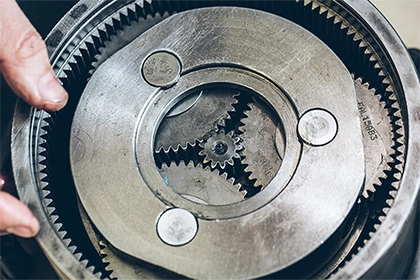
Do washing machines use brushless motors?
Many modern washing machines use brushless motors due to their efficiency, reliability, and quiet operation. Brushless motors also require less maintenance than traditional brushed motors.
As an important household appliance, washing machines occupy an important place in many people's lives. Since the introduction of washing machines, countless engineers are still working on optimizing the motors and mechanisms of washing machines to further solve the problems of noise, energy consumption and life span of washing machines. One of the technological advances is the introduction of brushless DC (BLDC) motors. Currently, washing machine products in the market are generally equipped with technically improved BLDC motors, in addition to which some washing machines also use DD direct-drive inverter motors or FPA direct-drive inverter motors. In this paper, we will take a brushless DC motor as an example and discuss the application of a BLDC motor in washing machines.
BLDC Motor Overview
A brushless DC motor is an electric motor that uses electronic commutation to power the motor, rather than the mechanical commutation found in traditional brushed motors. This design eliminates the need for brushes and the associated friction and wear, resulting in increased efficiency and longer life.
The working principle of the motor in the washing machine
In a washing machine, the primary function of the motor is to convert electrical energy into mechanical energy to drive the drum rotation. This process is essential to agitate the clothes, water and detergent to ensure effective cleaning.
The rotation of the rotor drives the drum of the washing machine. By changing the direction of the incoming current, the commutator changes the direction of the magnetic field applied to the rotor, allowing the washing machine to rotate forward or reverse. Sensors are used to detect the speed and position of the rotor and send signals back to the washer's control system. Based on these signals, the control system precisely controls the current flowing through the stator winding to control the rotor's speed and position. This allows the washer to run smoothly.
Conclusion
Washing machines can use brushless motors, which offer higher efficiency, longer life, and quieter operation than traditional brushed motors. By utilizing electronic commutation and advanced feedback mechanisms, these motors provide precise speed control and load balancing capabilities, ensuring optimal performance throughout the wash cycle. As a result, washing machines equipped with BLDC motors offer numerous advantages to consumers, making them an increasingly popular choice in the appliance market.



Leave a Comment